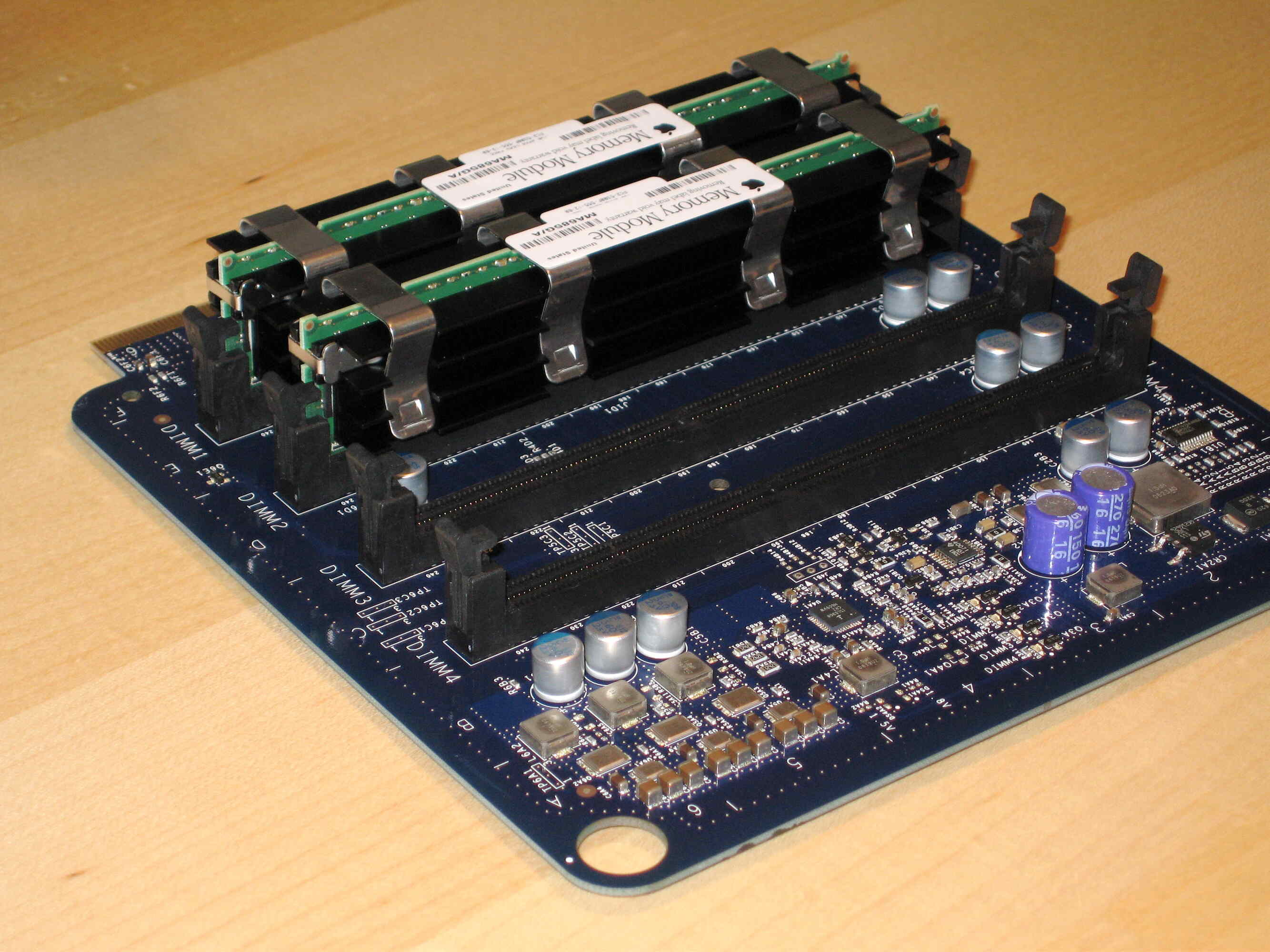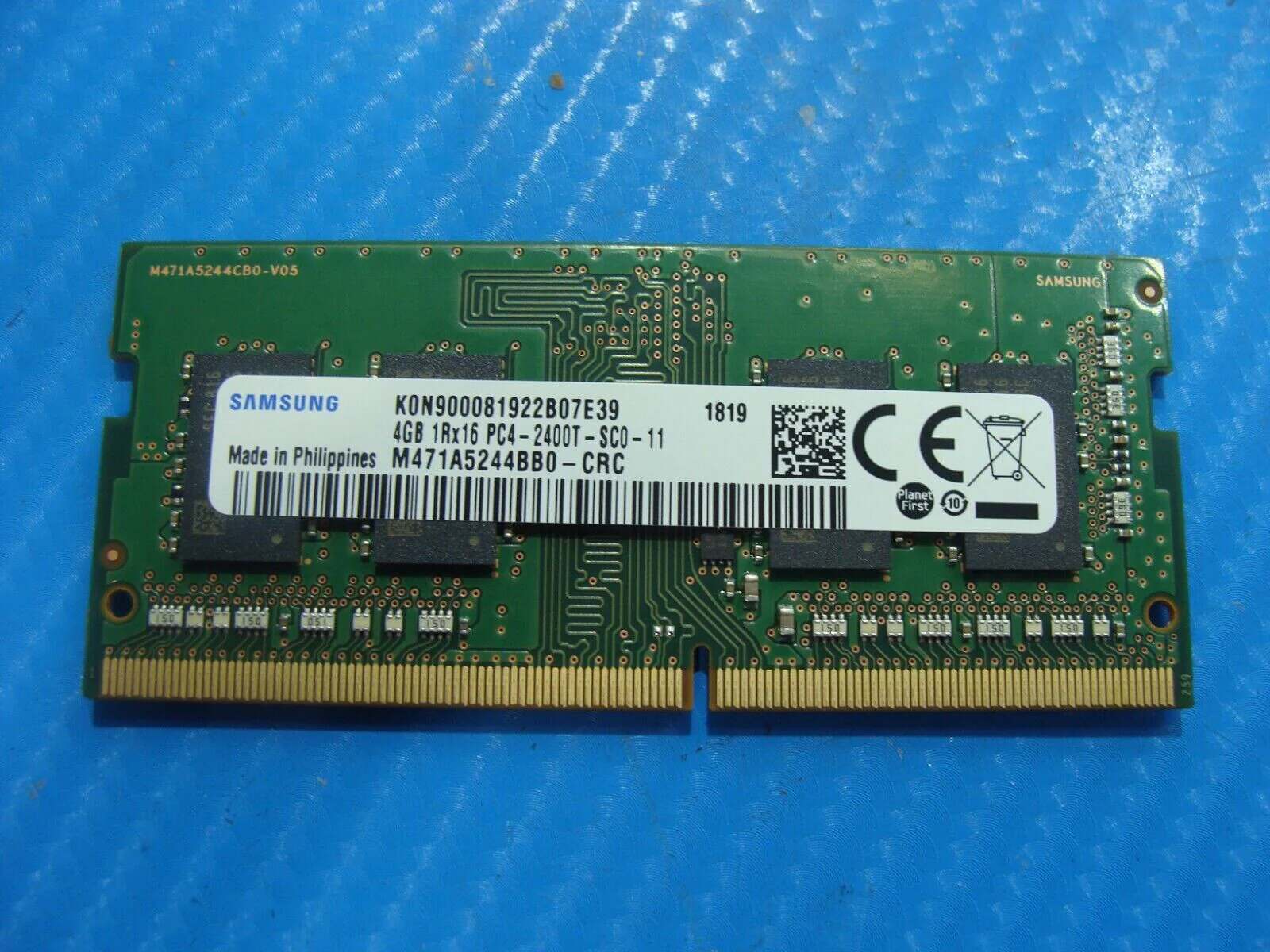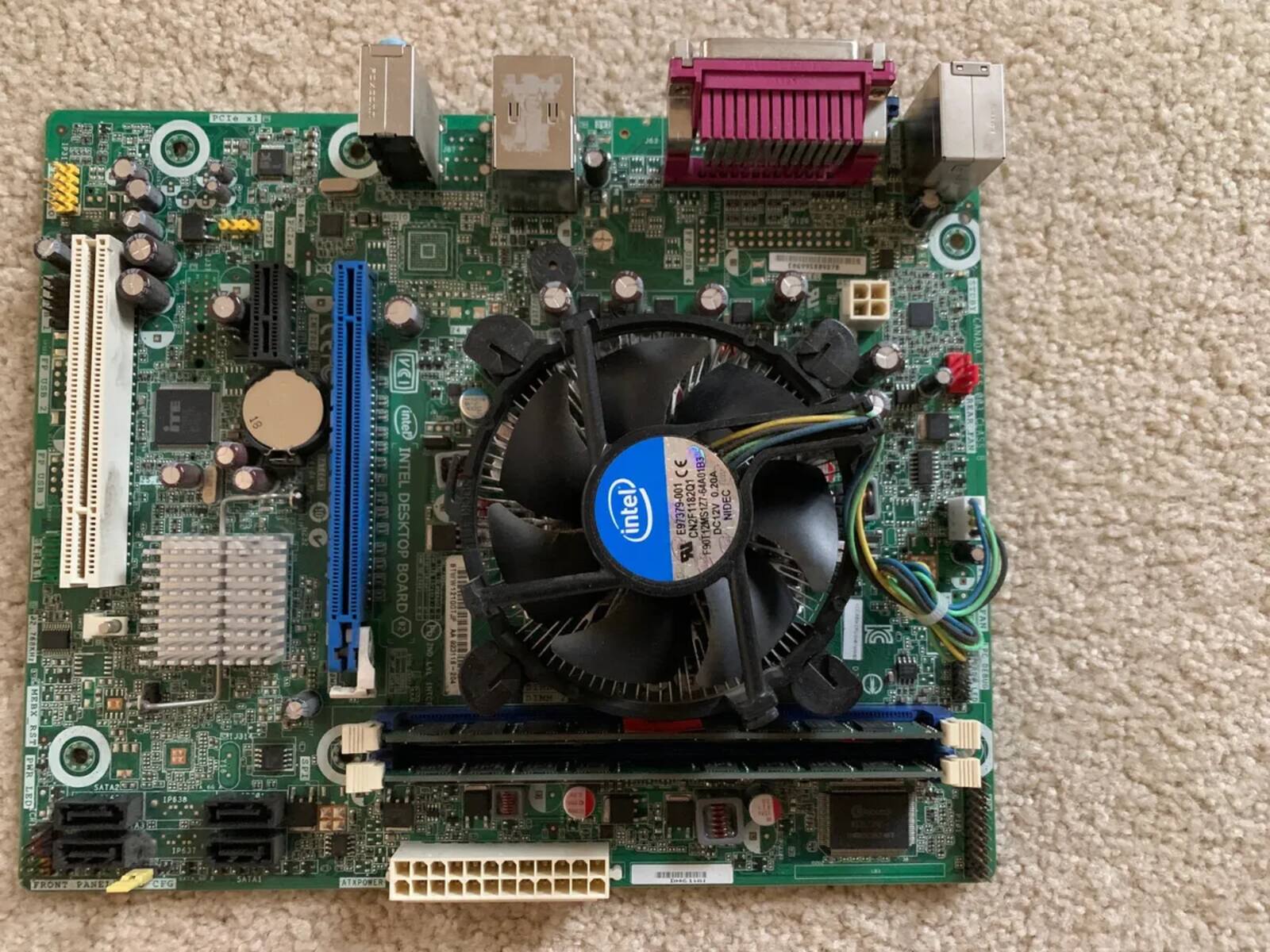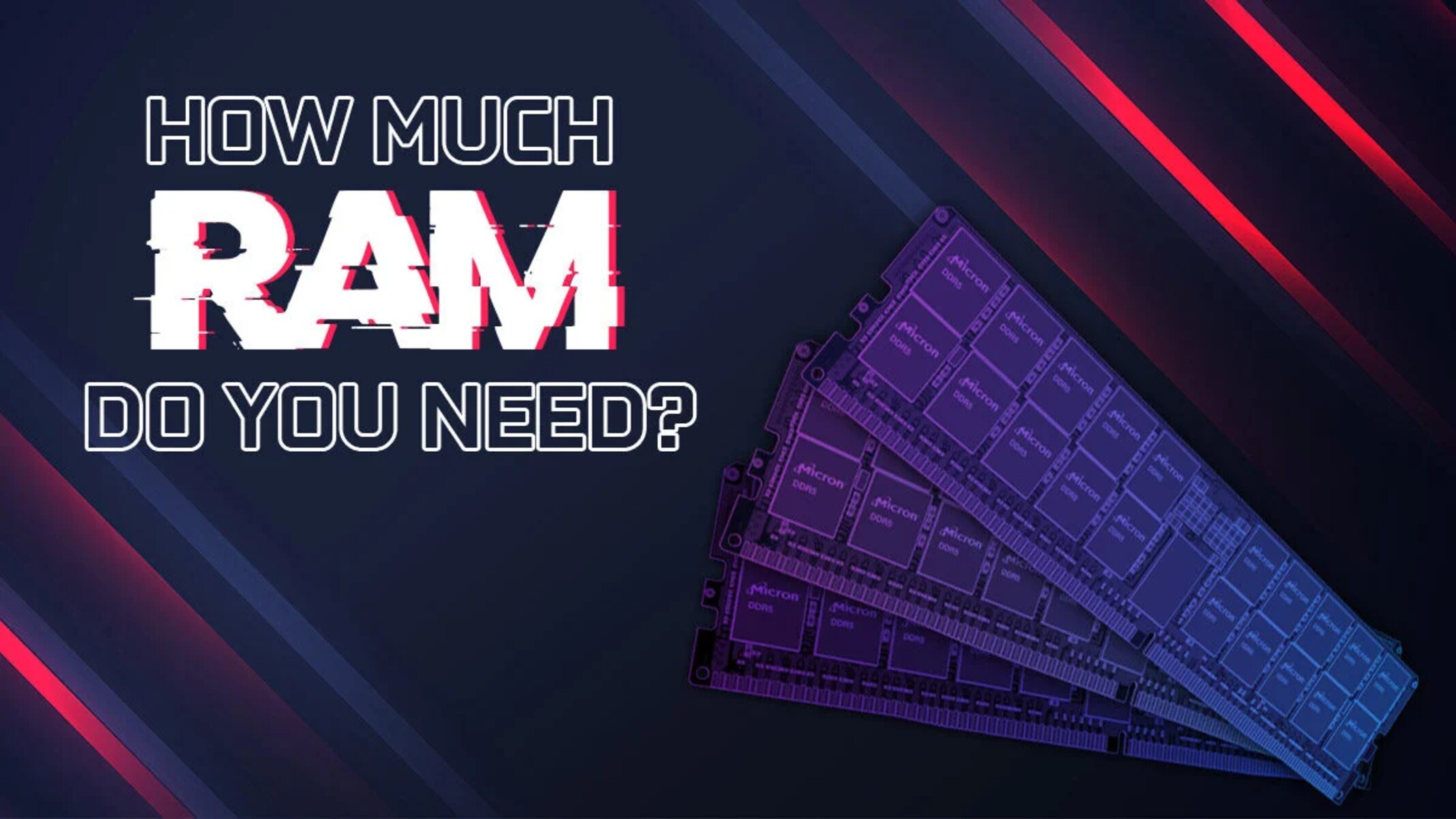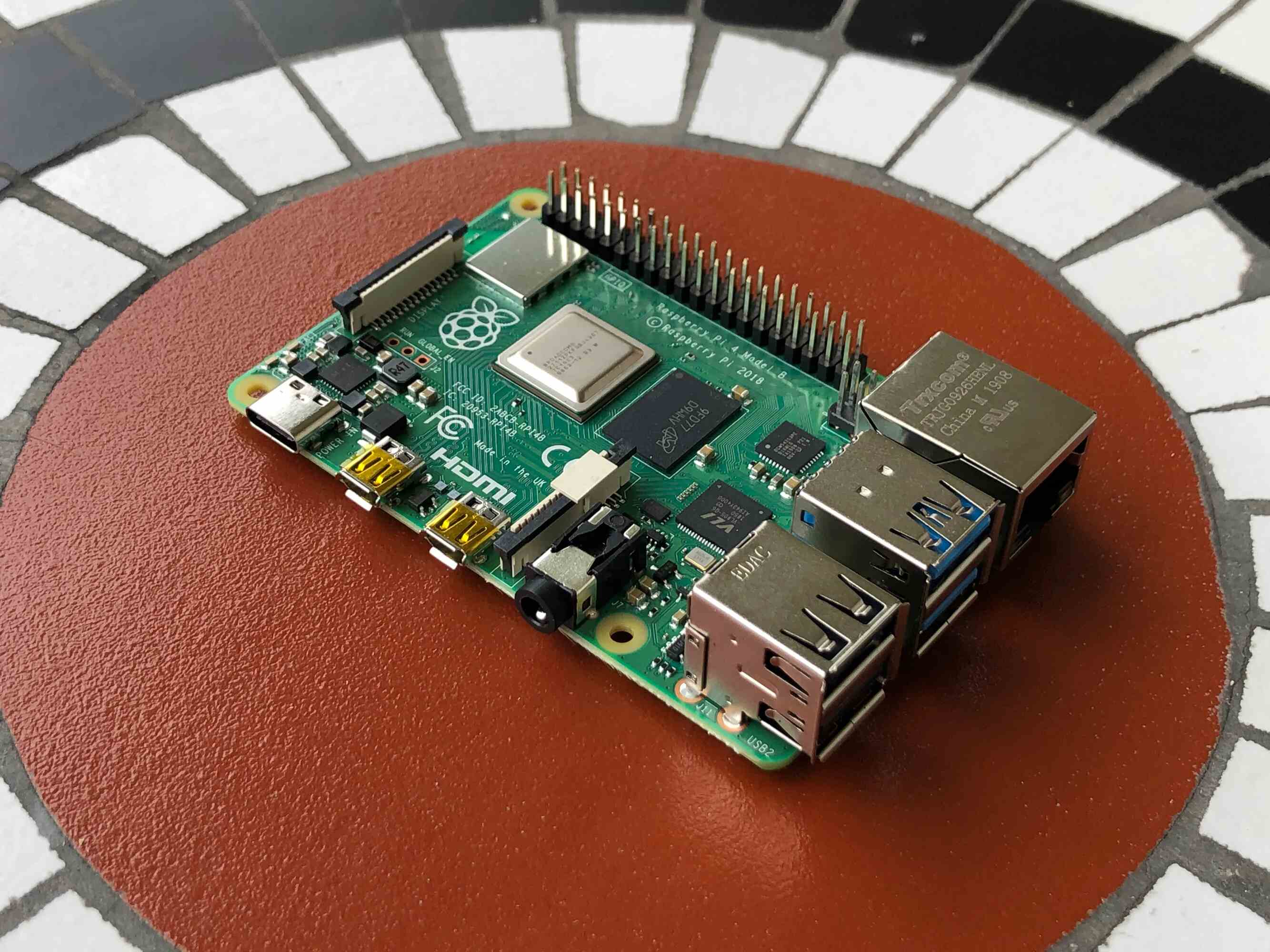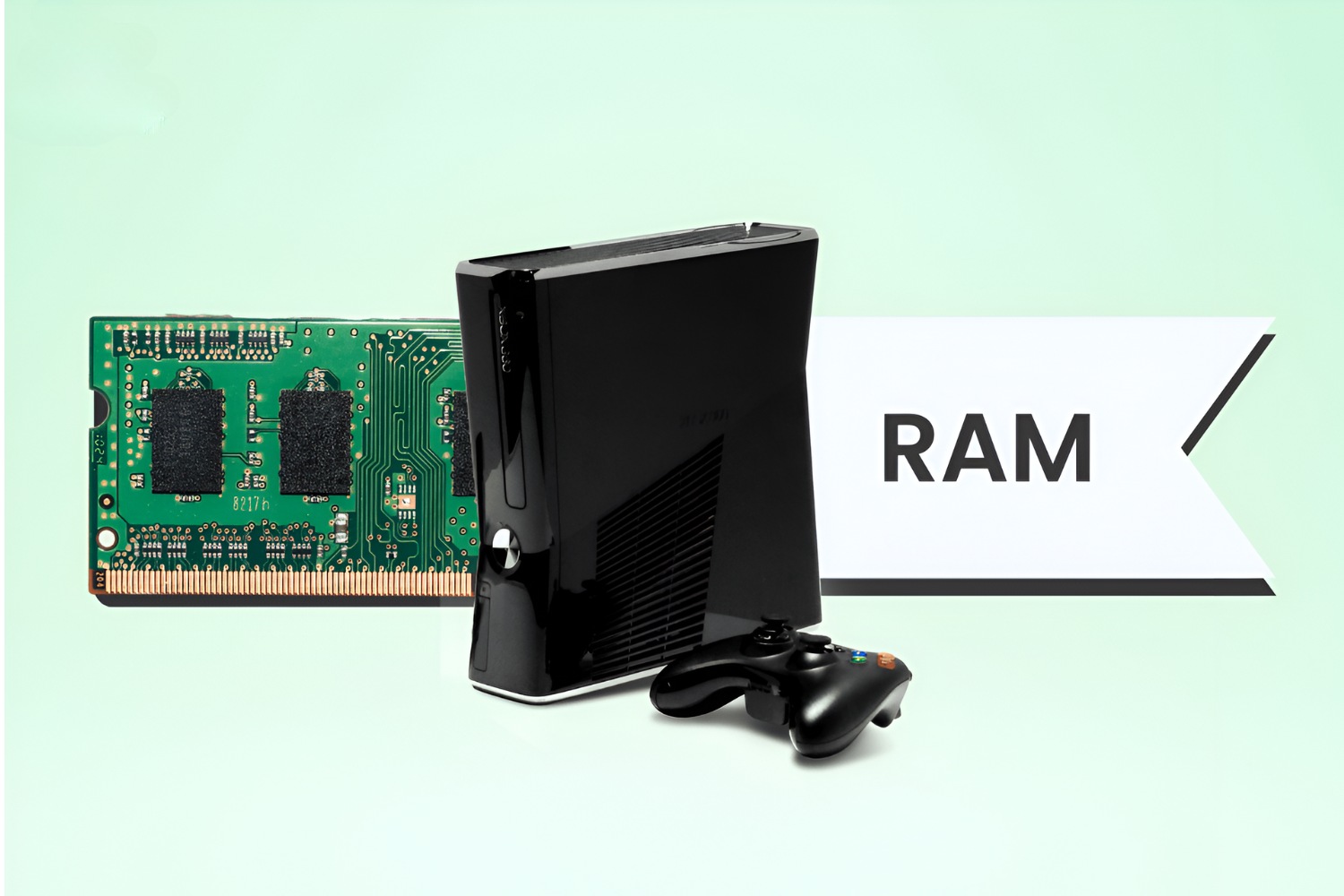Understanding RAM
RAM, which stands for Random Access Memory, is a crucial component of any computer or electronic device. It plays a vital role in the overall performance and speed of the system. RAM acts as the temporary storage for data that the computer needs to access quickly. When you open an application or program, it gets loaded into RAM, allowing the processor to access the information swiftly, resulting in a smooth user experience.
RAM works by storing data in memory cells that can be accessed randomly, hence the name “Random Access Memory.” These memory cells are organized into units called bytes, with each byte capable of storing a certain number of bits of data. The two most common units of measurement for RAM are Gigabytes (GB) and Megabytes (MB).
With the advancement of technology, RAM sizes have increased significantly over the years. Today, it’s not uncommon to find computers with several gigabytes of RAM, enabling them to handle complex tasks and software without any lag or performance issues.
To get a better understanding of how RAM sizes are measured and converted, let’s delve deeper into what a GB and an MB signify and how they relate to each other.
What is a GB?
GB, short for Gigabyte, is a unit of digital information storage that represents a billion bytes. It is commonly used to measure the size of data or storage capacity, including RAM. One gigabyte is equivalent to 1,073,741,824 bytes.
To put it into perspective, a gigabyte can store a considerable amount of information. It can hold hundreds of MP3 songs, thousands of high-resolution photos, or even several minutes of high-definition video footage. The larger the GB size, the more data it can accommodate.
In terms of RAM, a GB represents the total amount of memory available to store and access data. It determines how many programs and applications can be simultaneously run without experiencing a decrease in performance. More GB of RAM allows for smoother multitasking, faster loading times, and an overall enhanced computing experience.
It’s worth noting that not all computers or electronic devices come with the same amount of RAM. Higher-end devices such as gaming computers or workstations often have larger RAM capacities, ranging from 8GB to 64GB or even higher. On the other hand, budget-friendly devices or older models may have smaller RAM sizes, typically ranging from 2GB to 4GB.
As technology continues to advance, the demand for larger RAM sizes also increases. This is mainly due to the software and applications becoming more resource-intensive, requiring more memory to run smoothly. Therefore, having a sufficient amount of RAM, especially in modern devices, is crucial for optimal performance.
What is a MB?
MB, short for Megabyte, is a unit of digital information storage that represents one million bytes. It is commonly used to measure the size of data or storage capacity, including RAM. One megabyte is equivalent to 1,048,576 bytes.
While not as large as a gigabyte, a megabyte still holds a significant amount of data. It can store a substantial number of text documents, web pages, or small images. Keep in mind that file sizes can vary, and the number of megabytes required to store different types of data may vary as well.
When it comes to RAM, a megabyte represents a smaller unit of memory. It determines how much data can be stored and accessed at any given time. The more megabytes of RAM, the better the system’s ability to handle multiple tasks simultaneously.
In the past, computers and electronic devices had lower RAM capacities, often measured in megabytes. For example, older desktop computers may have had 256MB or 512MB of RAM. However, with the advancement of technology and the increasing demand for more memory, gigabytes have become the standard for modern devices.
It’s important to note that the effectiveness of RAM depends on the specific requirements of the software or applications being used. While smaller amounts of RAM may be sufficient for basic tasks like web browsing or word processing, more demanding tasks such as video editing or gaming often require higher amounts of RAM to ensure smooth performance.
In summary, a megabyte is a unit of measurement that represents one million bytes. It is commonly used to measure storage capacity, including RAM. While not as large as a gigabyte, a megabyte still holds a significant amount of data and plays a crucial role in determining the system’s ability to handle multiple tasks effectively.
Converting GB to MB
Converting from gigabytes (GB) to megabytes (MB) is a straightforward process. Since 1 gigabyte is equal to 1,024 megabytes, the conversion can be done by multiplying the number of gigabytes by 1,024.
To convert a specific value from gigabytes to megabytes, simply multiply the number of gigabytes by 1,024. For example, if we have 4 gigabytes, the conversion would look like this: 4 GB * 1,024 = 4,096 MB.
Keep in mind that this is a decimal-based conversion, where 1 gigabyte equals 1,024 megabytes. In some cases, you might see the binary-based conversion, where 1 gigabyte equals 1,000 megabytes. However, the decimal-based conversion is more commonly used in computing and electronics.
Converting from GB to MB is especially helpful when comparing different devices or storage capacities. For instance, if you’re considering purchasing a new computer and you have the option of choosing between 8GB and 16GB of RAM, converting these values to megabytes (8GB = 8,192MB and 16GB = 16,384MB) allows you to better understand the difference in storage capacity.
By converting GB to MB, you can determine the amount of memory available and make more informed decisions when it comes to storage needs. It’s important to keep in mind that RAM isn’t the only factor affecting the performance and speed of a device, but understanding the conversion between GB and MB can aid you in selecting the right amount of memory for your specific requirements.
Converting MB to GB
Converting from megabytes (MB) to gigabytes (GB) is a simple process. Since 1 gigabyte is equal to 1,024 megabytes, the conversion can be done by dividing the number of megabytes by 1,024.
To convert a specific value from megabytes to gigabytes, divide the number of megabytes by 1,024. For example, if we have 5,120 megabytes, the conversion would look like this: 5,120 MB ÷ 1,024 = 5 GB.
Remember that this is a decimal-based conversion, where 1 gigabyte equals 1,024 megabytes. In some cases, you might come across binary-based conversions, where 1 gigabyte equals 1,000 megabytes. However, the decimal-based conversion is more commonly used in computing and electronics.
Converting from MB to GB is useful when comparing storage capacities or determining the amount of memory available in a device. For example, if you have a device with 2,048MB of RAM, converting it to gigabytes would give you 2,048MB ÷ 1,024 = 2GB of RAM.
Understanding the conversion between MB and GB can help you better comprehend the capacity of storage devices, particularly when it comes to RAM. It allows you to make informed decisions about the amount of memory you need for your specific requirements.
Keep in mind that RAM is not the only factor affecting the performance of a device, but having enough memory is crucial for efficient multitasking and running resource-intensive applications smoothly. By converting MB to GB, you can more accurately assess your storage needs and choose the appropriate amount of memory for optimal performance.
How to calculate RAM usage in MB or GB
Calculating the RAM usage of a device can be helpful for monitoring memory usage, optimizing performance, and understanding the resource requirements of specific tasks or applications. You can calculate the RAM usage in both megabytes (MB) and gigabytes (GB) by following a few simple steps.
1. Open the Task Manager (Windows) or Activity Monitor (Mac) by pressing Ctrl+Shift+Esc or searching for it in the Applications folder. These tools allow you to monitor the performance and resource usage of your computer.
2. Click on the “Performance” or “Memory” tab to view the RAM usage details. Here, you will find information about the total amount of installed memory, as well as the amount being currently used by running programs and processes.
3. Note the “In Use” or “Used” memory value. This indicates how much of the installed RAM is currently being used by various processes and applications.
4. To calculate the RAM usage in megabytes, simply convert the “In Use” memory value from bytes to megabytes. Divide the value by 1,048,576 since 1 megabyte is equal to 1,048,576 bytes.
For example, if the “In Use” memory value is 200,000,000 bytes, the calculation would look like this: 200,000,000 bytes ÷ 1,048,576 = 190.73 MB.
5. To calculate the RAM usage in gigabytes, divide the “In Use” memory value by 1,073,741,824 since 1 gigabyte is equal to 1,073,741,824 bytes.
For example, if the “In Use” memory value is 2,000,000,000 bytes, the calculation would look like this: 2,000,000,000 bytes ÷ 1,073,741,824 = 1.86 GB.
By following these steps, you can accurately determine the amount of RAM being utilized by your device in both megabytes and gigabytes. This information can be useful for troubleshooting performance issues, managing resource allocation, and assessing the memory requirements of specific tasks or applications.
Common RAM sizes and their equivalents in MB and GB
RAM sizes can vary depending on the device and its intended purpose. Here are some common RAM sizes along with their equivalents in megabytes (MB) and gigabytes (GB):
- 1GB of RAM is equal to 1,024MB or 0.001GB.
- 2GB of RAM is equal to 2,048MB or 0.002GB.
- 4GB of RAM is equal to 4,096MB or 0.004GB.
- 8GB of RAM is equal to 8,192MB or 0.008GB.
- 16GB of RAM is equal to 16,384MB or 0.016GB.
- 32GB of RAM is equal to 32,768MB or 0.032GB.
- 64GB of RAM is equal to 65,536MB or 0.064GB.
- 128GB of RAM is equal to 131,072MB or 0.128GB.
- 256GB of RAM is equal to 262,144MB or 0.256GB.
These are just a few examples of common RAM sizes. Depending on the device’s specifications and the intended use, RAM sizes can go much higher. High-end gaming computers, servers, and workstations often have RAM capacities ranging from 16GB to 128GB or even higher.
When selecting the appropriate RAM size for your device, it’s important to consider the intended use. Basic tasks like web browsing and word processing typically require a minimum of 4GB to 8GB of RAM, while resource-intensive tasks like video editing or gaming may require 16GB or more to ensure smooth performance.
It’s always recommended to have a sufficient amount of RAM for optimal performance, as insufficient memory can result in slower operation, application crashes, and reduced multitasking capabilities. Therefore, it’s essential to assess your needs and choose a suitable RAM size that can handle your specific requirements efficiently.
Conclusion
Understanding the concepts of gigabytes (GB) and megabytes (MB) is crucial when it comes to measuring and assessing RAM sizes and storage capacities. RAM plays a vital role in the performance and speed of electronic devices, allowing for quick data access and seamless multitasking.
Converting between GB and MB is a straightforward process, with 1GB equaling 1,024MB. By converting between these units, you can compare storage capacities, monitor RAM usage, and make informed decisions when selecting the appropriate amount of memory for your device.
Calculating RAM usage in both MB and GB is a helpful practice for optimizing performance, monitoring resource utilization, and understanding memory requirements for specific tasks or applications. By knowing how to calculate RAM usage, you can ensure efficient allocation of resources and prevent issues caused by insufficient memory.
It’s important to consider common RAM sizes and their equivalents in MB and GB when choosing the appropriate memory capacity for your device. The required RAM size depends on factors such as the device’s intended use, software requirements, and personal preferences. Selecting an adequate RAM size is crucial for smooth system performance and the ability to handle multiple tasks efficiently.
In conclusion, the concepts of GB and MB are vital for understanding and managing RAM sizes and storage capacities. Converting between GB and MB, calculating RAM usage, and considering common RAM sizes are essential practices for optimizing device performance and ensuring a smooth computing experience.









